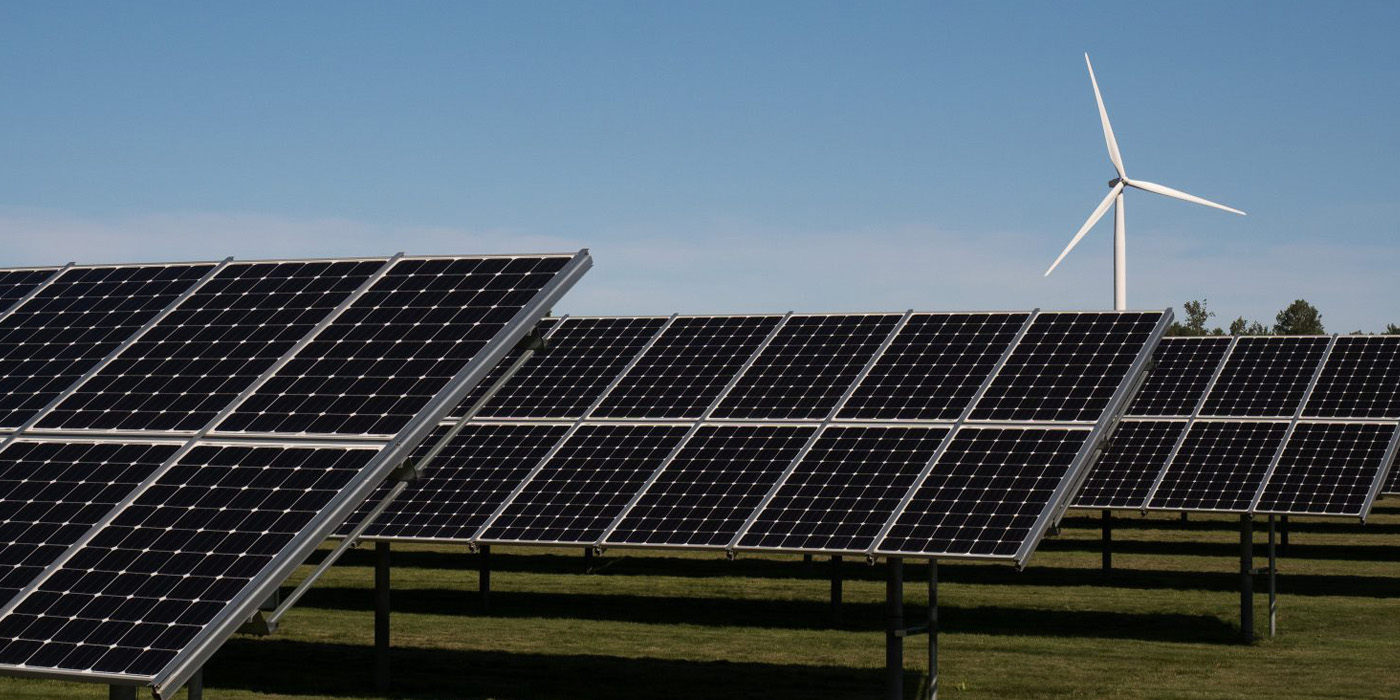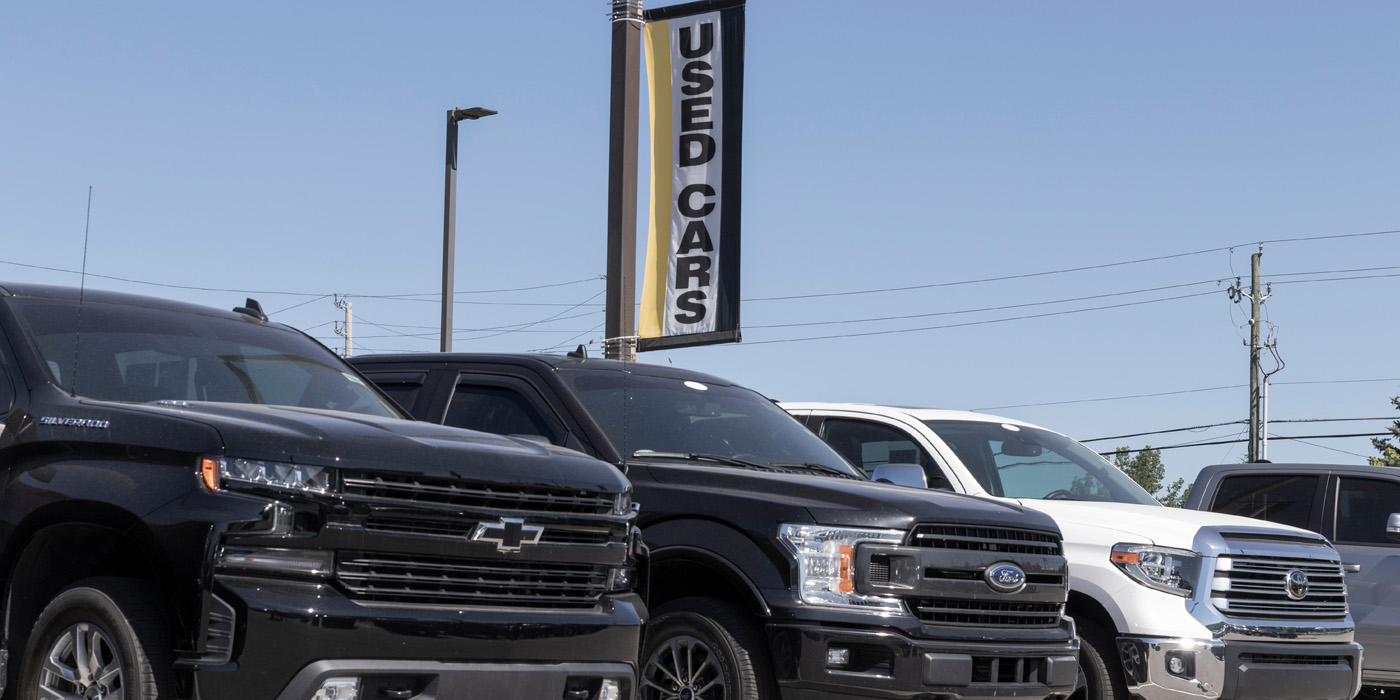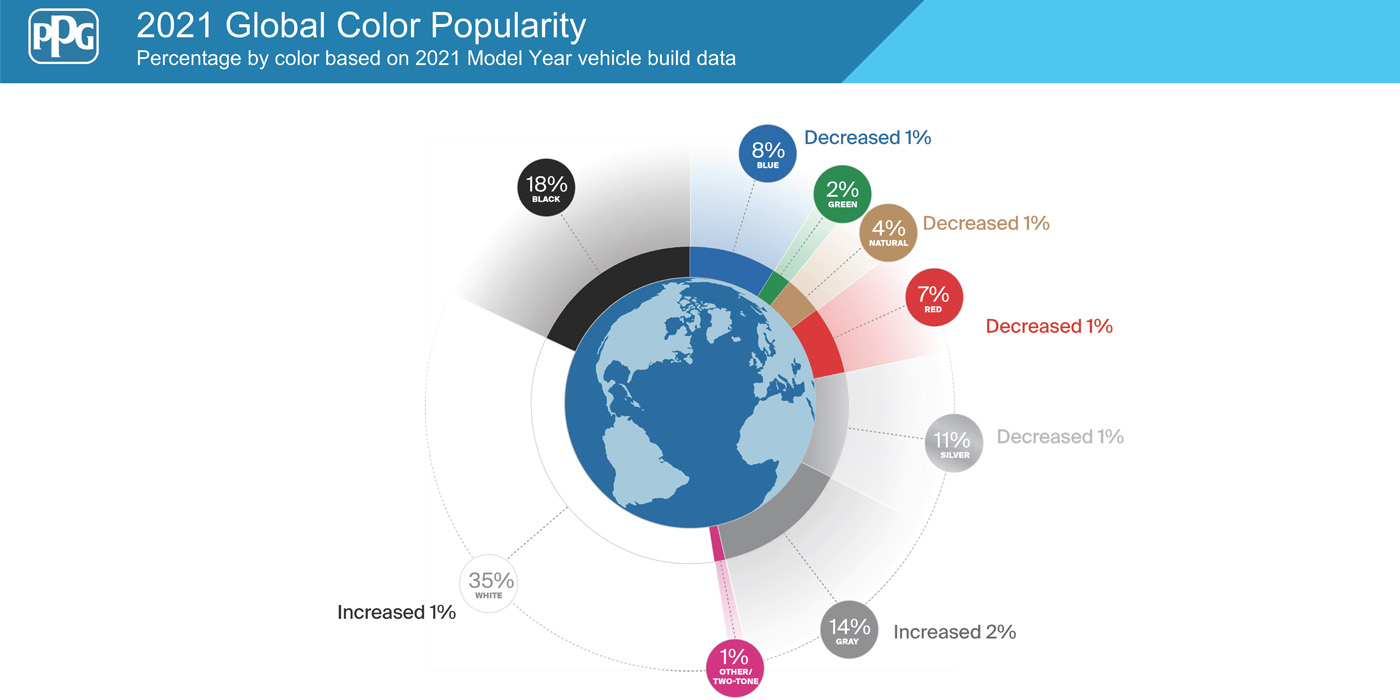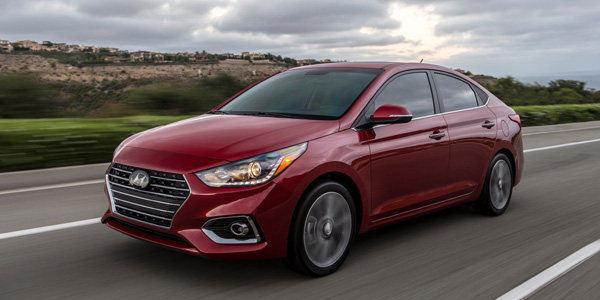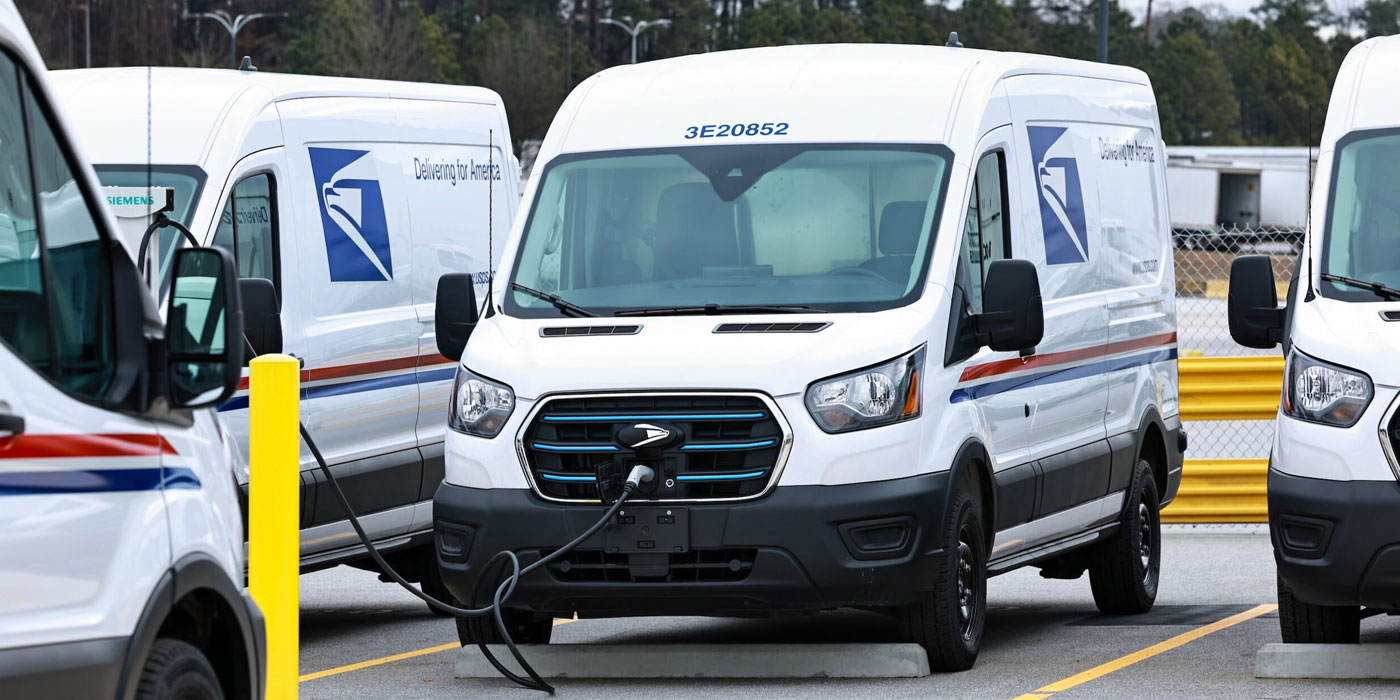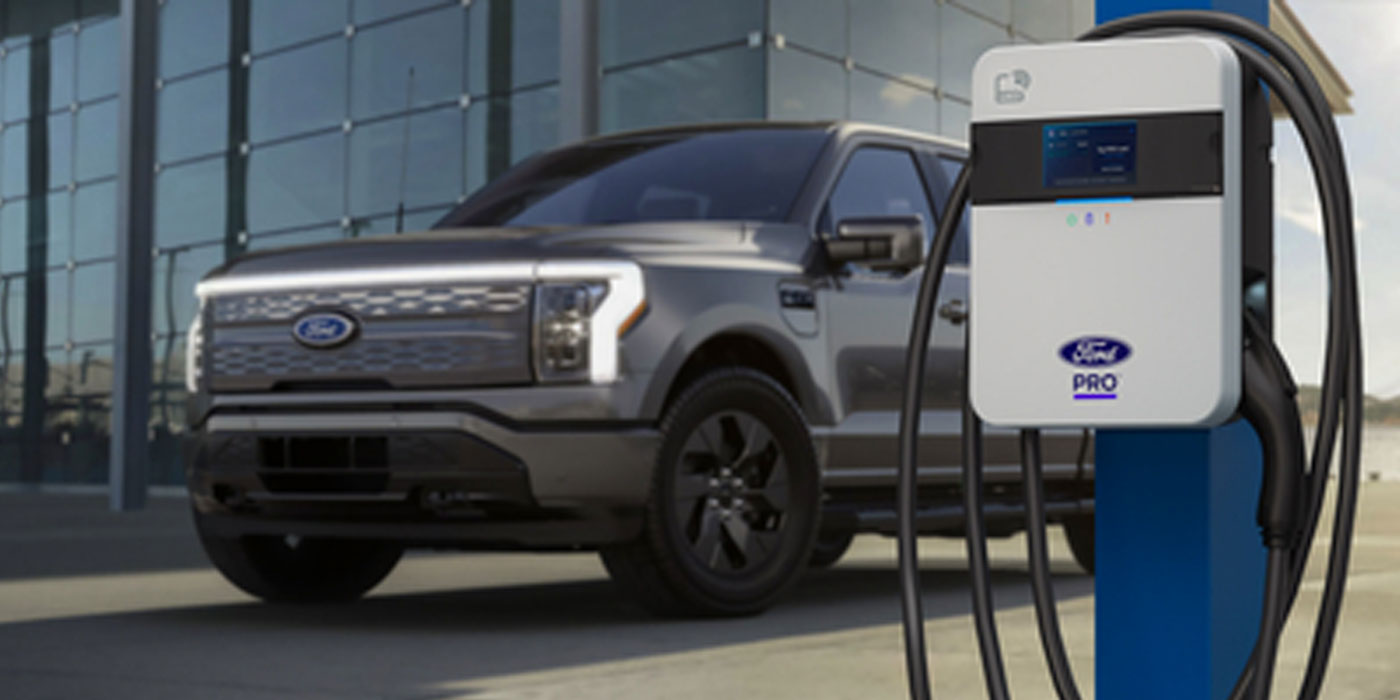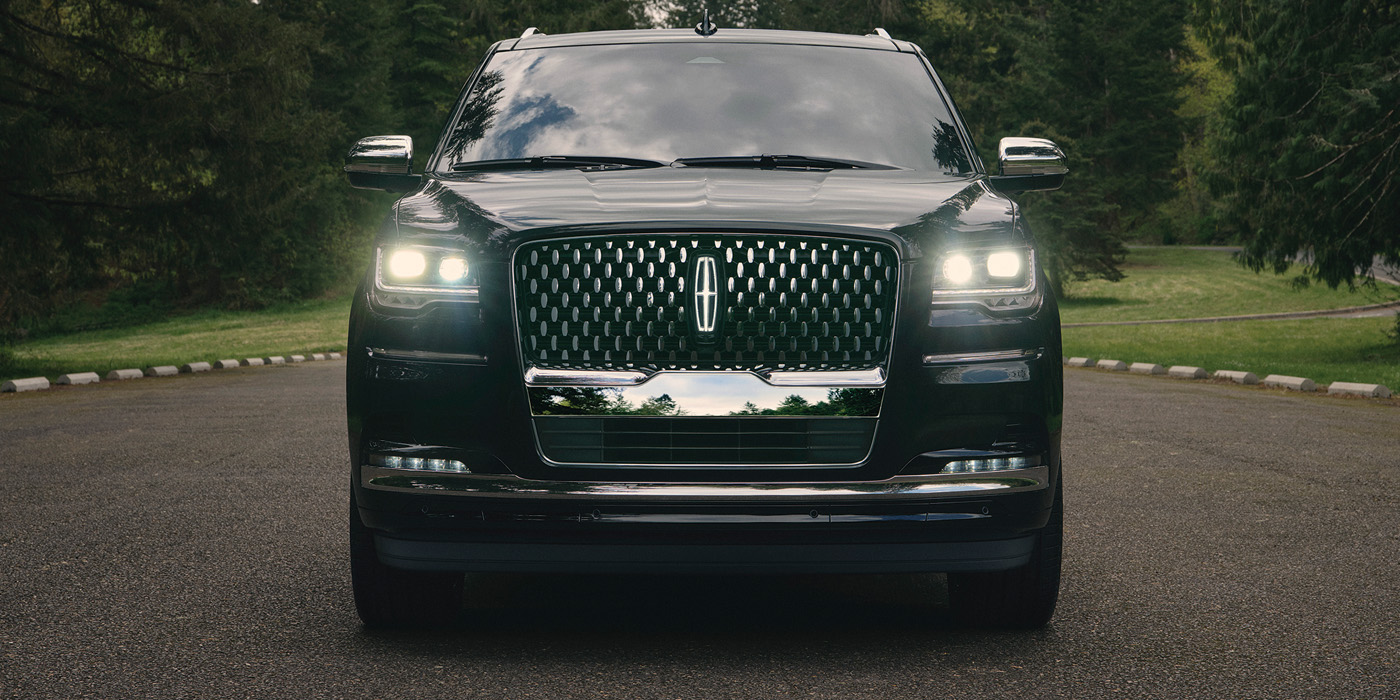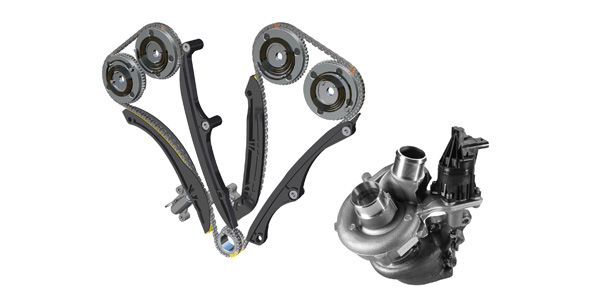
AUBURN HILLS, Mich. – BorgWarner is supplying turbocharging and engine-timing technologies for the Ford EcoBoost 3.5-liter engine, the company said.
Launched in the 2017 Ford F-150, the engine features BorgWarner twin waste-gated turbochargers, variable-cam timing (VCT) phasers and a complete engine-timing system.
“BorgWarner engineers are experts in improving engine performance and efficiency with advanced technologies built for durability,” said James Verrier, president and CEO of BorgWarner. “Our turbochargers help Ford’s very well-received 3.5-liter EcoBoost engine deliver best-in-class torque for a V-6, while our VCT phasers provide precise valve timing to improve fuel economy. Each component of the engine timing system is also optimized to resist wear, reduce friction and decrease noise and vibration.”
BorgWarner’s twin turbochargers employ electrically activated waste gates to deliver high engine boost. Made from a high-temperature resistant alloy developed in the aerospace industry, lightweight turbine wheels respond quickly for immediate response even at low engine speeds, according to BorgWarner.
BorgWarner’s VCT phasers optimize valve timing and engine breathing. Actuated by oil pressure, the phasers respond quickly to engine demands over an expanded operating-speed range.
BorgWarner’s latest 6.35 mm silent engine-timing chain features E-polish for lower friction as well as super finish apertures and thick links for increased strength and durability, according to the company. Arms and guides are engineered with specialized materials to reduce mass and package size for improved fuel economy and reduced emissions. Hydraulic tensioners balance chain tension and optimize control over the entire engine operating range for increased engine efficiency and lower noise, vibration and harshness.

